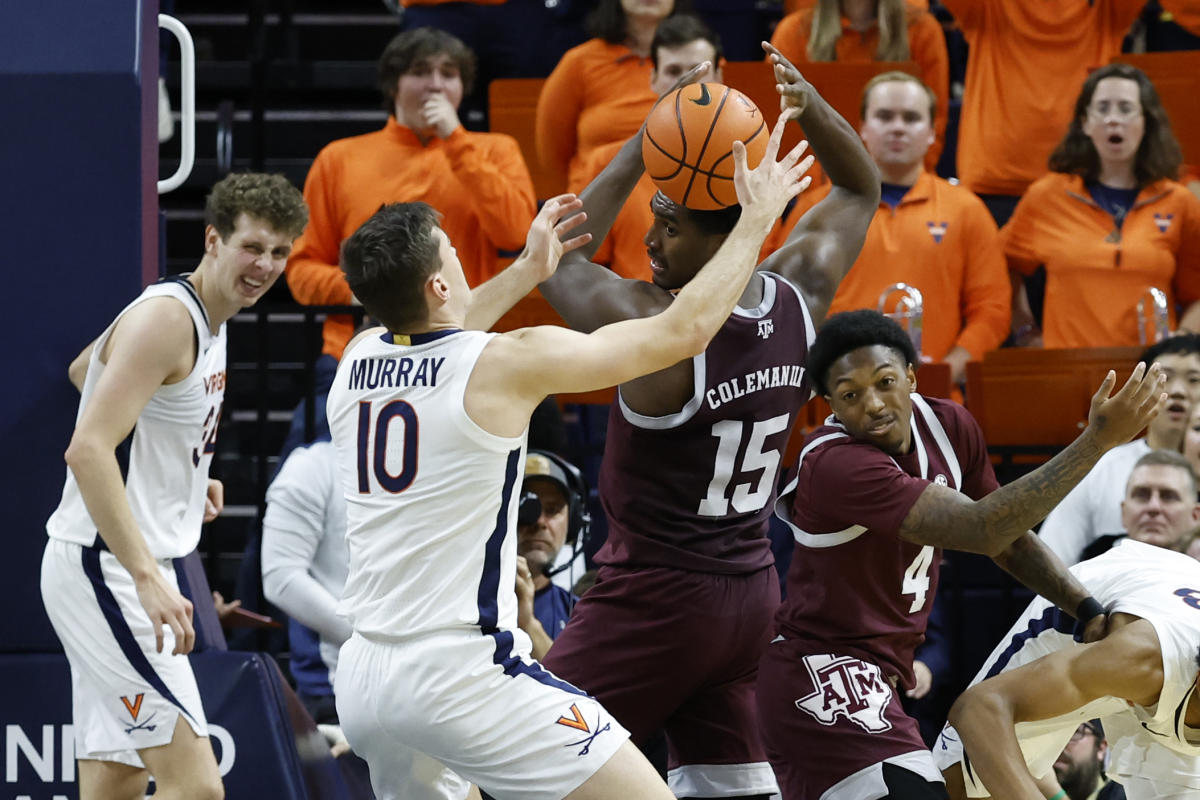Despite earning a generous salary of $787,500 in his rookie season, Shattenkirk hadn’t received a paycheck in nearly six months due to the NHL’s payment schedule. This gap in income was starting to affect his bank account.
While NHL players are known for their high salaries, managing their newfound wealth can be challenging, especially for young players. With expenses like agent fees, training costs, and a potentially short career, it’s easy for players to feel the pressure to maintain a certain lifestyle.
Tiana Patillo, a financial adviser manager at Vanguard, explains that many athletes aim to match the extravagant lifestyle often associated with being an athlete. However, they should focus on saving for retirement and protecting themselves from unexpected events, such as injuries.
In terms of payment, NHL players receive their income on a biweekly basis during the season. They also receive a per diem allowance when they’re on the road. However, once the offseason arrives, the paychecks and per diems stop, leaving players to rely on their savings for roughly half the year.
This can be difficult for young players, especially those on entry-level contracts. These contracts often have lower salaries, particularly if the player spends time in the minors. Players on entry-level contracts may not know how many days they’ll be paid at the NHL rate versus the minor-league rate.
For example, Jakub Lauko, a prospect for the Boston Bruins, experienced this uncertainty when he was sent down to the AHL mid-season. He had to find affordable housing in Providence for the remainder of the season while splitting the rent with his teammates. The AHL salary is much lower than the NHL salary, so players like Lauko feel the financial impact.
To avoid financial troubles, players need to budget wisely. Patillo recommends having three to six months’ worth of savings readily available to cover expenses during the offseason.
It’s important for players to plan ahead and consider their expenses, such as offseason training costs and housing. Ideally, players should start thinking about their summers when the regular season begins and start saving accordingly.
If players miscalculate their budget or don’t have enough savings, they may have to rely on high-interest credit cards, which can lead to financial difficulties in the long run.
In retrospect, some players, like Jake DeBrusk of the Boston Bruins, are thankful for their smart financial decisions during their entry-level contracts. Living with his parents during the offseason helped DeBrusk save money and avoid unnecessary expenses. He was able to pay off fines from the team and even purchase his own house.
However, not all players have the luxury of living with their parents or receiving guidance from former NHL players. Some players may choose to buy their own properties, which can lead to mortgage payments and financial challenges during the offseason.
While it may be tempting to maintain a luxurious lifestyle during the offseason, it’s crucial for young players to be responsible and avoid unnecessary expenses. Air travel, hotel accommodations, and dining out can quickly deplete savings, especially without a regular paycheck.
In order to secure their financial future, NHL players must strike a balance between enjoying their success and ensuring long-term financial stability. By budgeting wisely and saving for retirement, players can overcome the financial challenges that come with their profession.

Sarah Anderson dives into the fast-paced world of NHL hockey. Her coverage includes game analysis, player spotlights, and the latest news from the ice. Sarah’s dedication to the sport ensures that hockey enthusiasts stay informed about the NHL’s thrilling action.




:no_upscale()/cdn.vox-cdn.com/uploads/chorus_image/image/72931262/usa_today_21973134.0.jpg)


